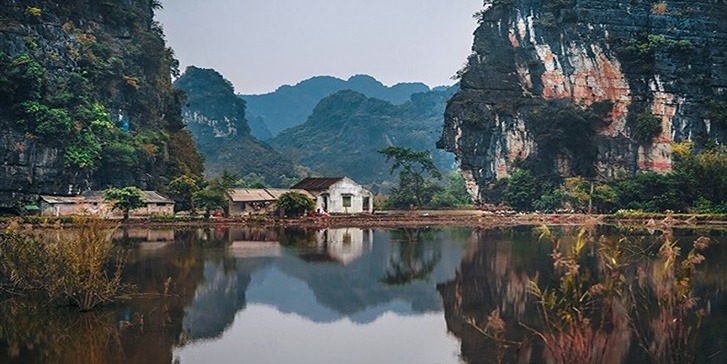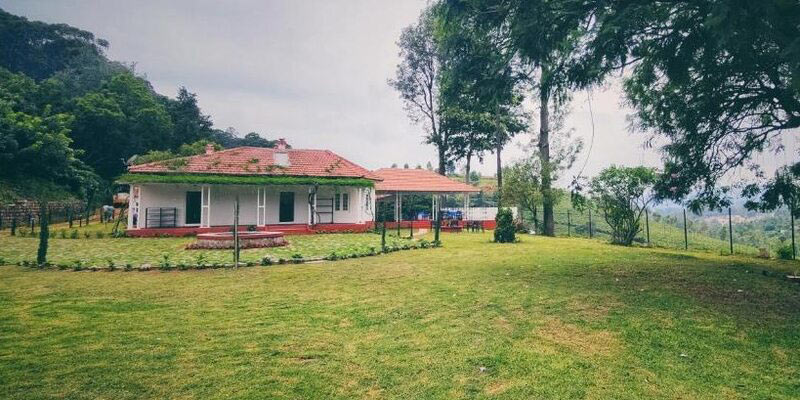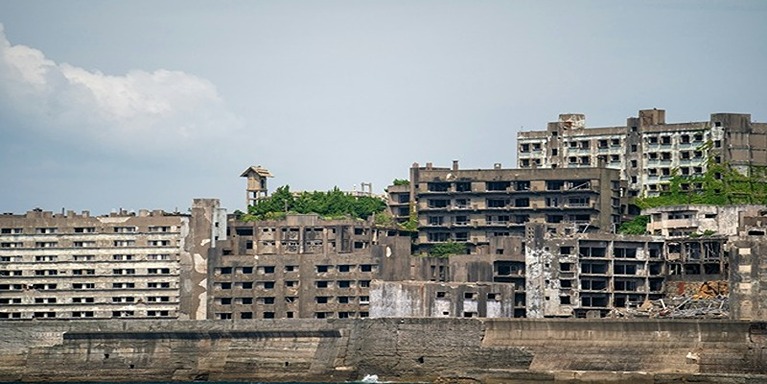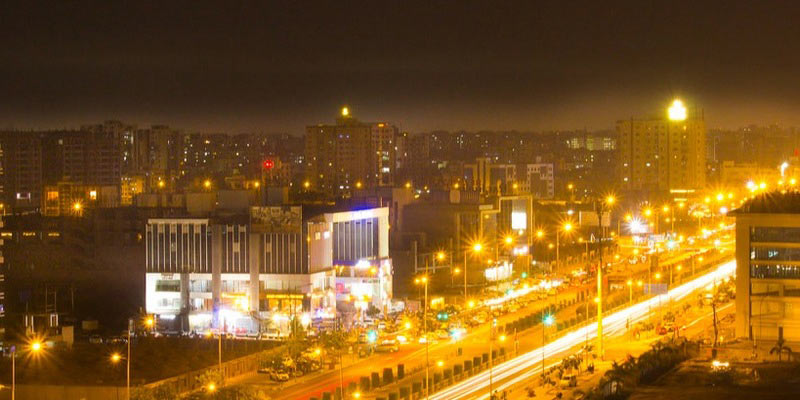Vietnam boasts a rich cultural landscape, marked by a diverse history and vibrant traditions. The country is home to numerous UNESCO World Heritage Sites that reflect its cultural depth and natural beauty. These sites are not only significant for their historical value but also for their role in preserving Vietnam's unique landmarks and traditions. UNESCO designations help protect these sites from deterioration and promote sustainable tourism, ensuring that future generations can experience Vietnam's cultural heritage. From ancient towns to natural wonders, Vietnam's UNESCO sites offer a fascinating glimpse into the country's past and present, making them essential destinations for any cultural exploration.
Ha Long Bay: A Natural Wonder
The Geological Marvels and Scenic Beauty
Ha Long Bay, located in northern Vietnam, is renowned for its breathtaking scenery and unique geological formations. The bay is dotted with nearly 2,000 limestone islands and islets, each rising dramatically from the emerald waters. These karst formations have been sculpted over millions of years, creating an otherworldly landscape that is both serene and awe-inspiring. The area is also home to numerous caves, such as Sung Sot (Surprise Cave) and Thien Cung (Heavenly Palace Cave), which are filled with impressive stalactites and stalagmites. Ha Long Bay's stunning natural beauty and rich biodiversity make it a must-visit destination for nature lovers and photographers alike.
Activities and Best Times to Visit
Visitors to Ha Long Bay can enjoy a variety of activities, including cruising, kayaking, and exploring the islands and caves. Cruises range from day trips to multi-day excursions, offering different levels of luxury and adventure. Kayaking provides a more intimate way to explore the bay's hidden corners and tranquil lagoons. The best time to visit Ha Long Bay is from October to April, when the weather is cooler and drier, making it ideal for sightseeing and outdoor activities. Whether you're seeking relaxation or adventure, Ha Long Bay offers an unforgettable experience that highlights the natural wonders of Vietnam.
Hoi An Ancient Town: A Historical Gem
The Blend of Cultures and Architectural Styles
Hoi An Ancient Town, located in central Vietnam, is a well-preserved example of a Southeast Asian trading port from the 15th to the 19th centuries. The town is famous for its unique blend of architectural styles, reflecting the diverse cultural influences that have shaped its history. Chinese temples, Japanese merchant houses, French colonial buildings, and traditional Vietnamese wooden houses all coexist harmoniously within the town. The iconic Japanese Covered Bridge and the Assembly Hall of the Fujian Chinese Congregation are among the town's architectural highlights. This blend of cultures and styles gives Hoi An its distinctive charm and historical significance.
Key Attractions and Cultural Experiences
Hoi An is not only known for its architecture but also for its rich cultural heritage and vibrant local traditions. The town's bustling markets, such as the Hoi An Central Market, offer a taste of local life and a chance to sample traditional Vietnamese dishes like cao lau and banh mi. Visitors can also explore the town's many tailor shops, where skilled artisans create custom clothing at affordable prices. The monthly Full Moon Festival is a cultural highlight, featuring lantern-lit streets, traditional music, and performances. Hoi An's combination of history, culture, and cuisine makes it a must-visit destination for anyone exploring Vietnam's UNESCO sites.
My Son Sanctuary: A Glimpse into Ancient Champa Civilization
Historical Significance and Ancient Architecture
My Son Sanctuary, located in the Quang Nam province of Vietnam, is a remarkable archaeological site that showcases the ancient Champa civilization. Dating back to the 4th to 14th centuries, My Son was an important religious and cultural center for the Cham people, who were heavily influenced by Hinduism. The site consists of a series of Hindu temples and towers, built to honor various deities, particularly Shiva. The architecture features intricate carvings, red brick structures, and sandstone sculptures, highlighting the Cham's advanced engineering and artistic skills. My Son's temples are set amidst a lush valley surrounded by mountains, creating a mystical and serene atmosphere.
Preservation Efforts and Visitor Tips
Despite being partially destroyed, efforts have been made to preserve and restore My Son Sanctuary. The site is now protected as a UNESCO World Heritage Site, ensuring its cultural and historical significance is maintained for future generations. When visiting My Son, it's advisable to arrive early in the morning to avoid crowds and to explore the ruins in the cooler part of the day. Guided tours are available, providing valuable insights into the history and significance of the site. Respect for the cultural heritage and preservation efforts is essential, so visitors should avoid touching or climbing on the ancient structures.
The Imperial Citadel of Thang Long: A Legacy of Vietnam's Dynasties
The Imperial Citadel of Thang Long, located in Hanoi, is a testament to Vietnam's rich history and the seat of power for many dynasties. Established in the 11th century during the Ly Dynasty, the citadel was the political and cultural center of Vietnam for over 1,000 years. The site covers an extensive area, featuring palaces, royal tombs, and ancient gates. Key structures include the Flag Tower of Hanoi, Doan Mon Gate, and the Kinh Thien Palace. The citadel's architecture reflects a blend of influences from different dynasties, showcasing Vietnam's evolving cultural and political landscape.
Conclusion
Exploring Vietnam's UNESCO sites offers a deep dive into the country's rich cultural and historical heritage. From the natural wonders of Ha Long Bay to the ancient ruins of My Son Sanctuary, and the architectural beauty of Hoi An and the Imperial Citadel of Thang Long, each site provides a unique glimpse into Vietnam's past. These landmarks are not only significant for their historical value but also for their ongoing preservation efforts. Visiting these UNESCO sites offers a profound appreciation for Vietnam's diverse cultural landscape and the enduring legacy of its history.




